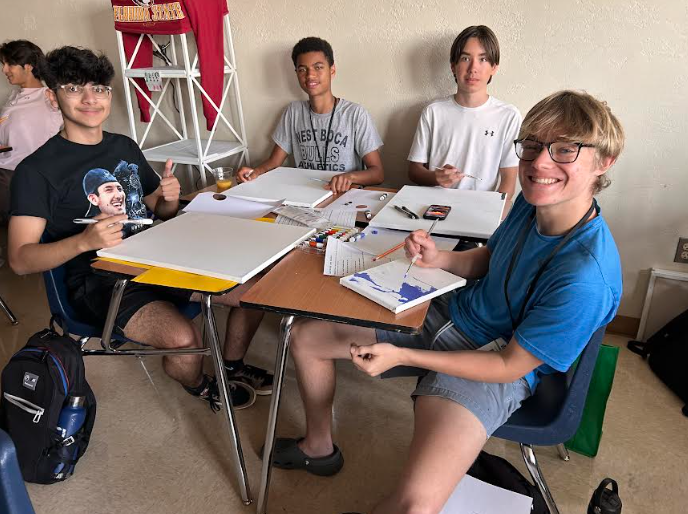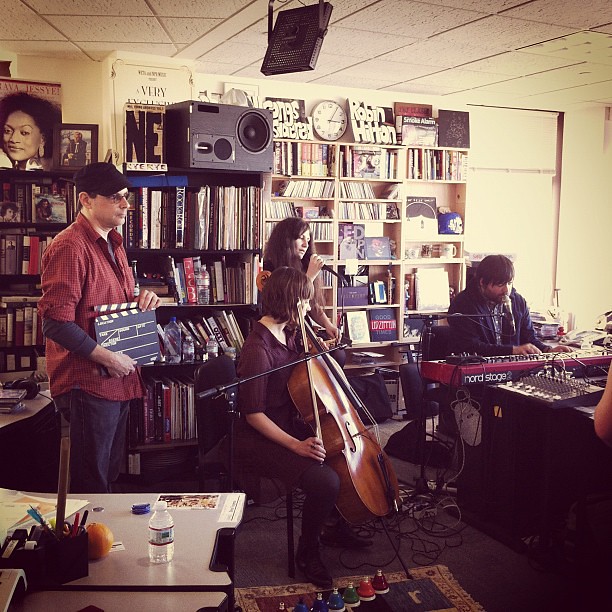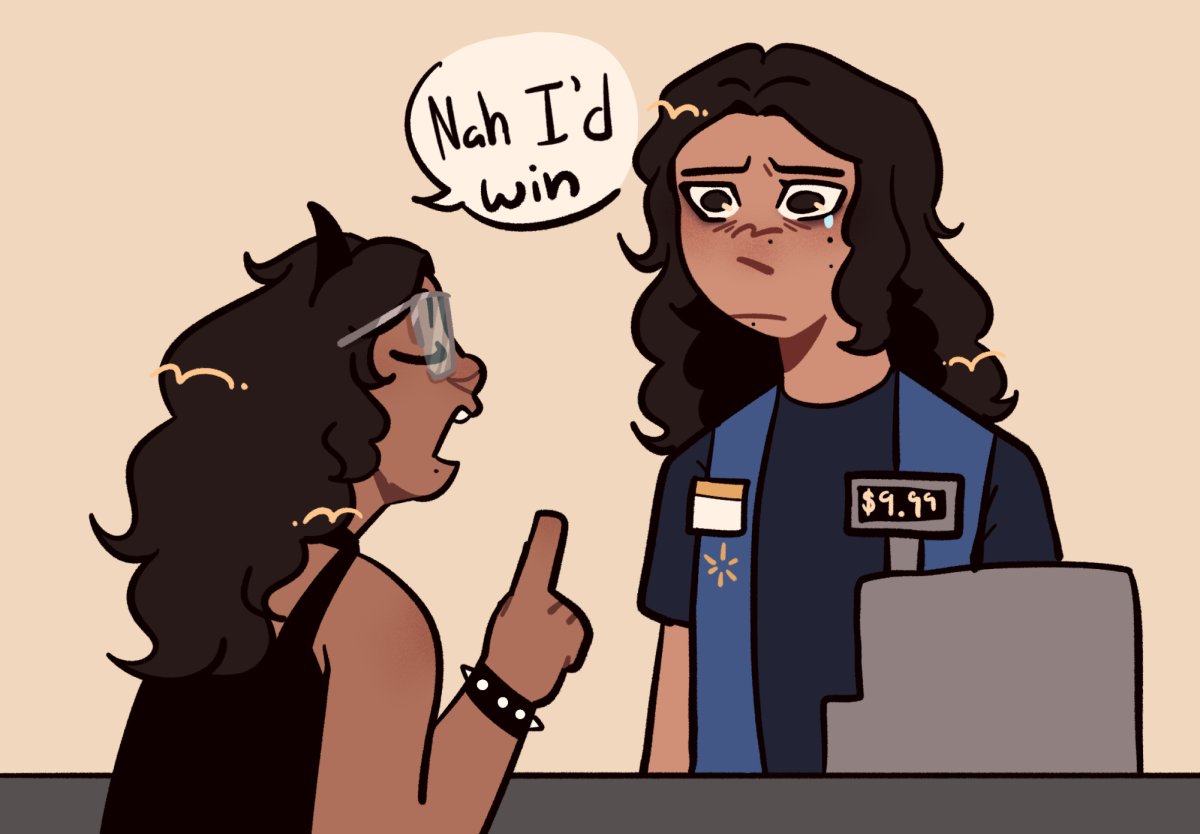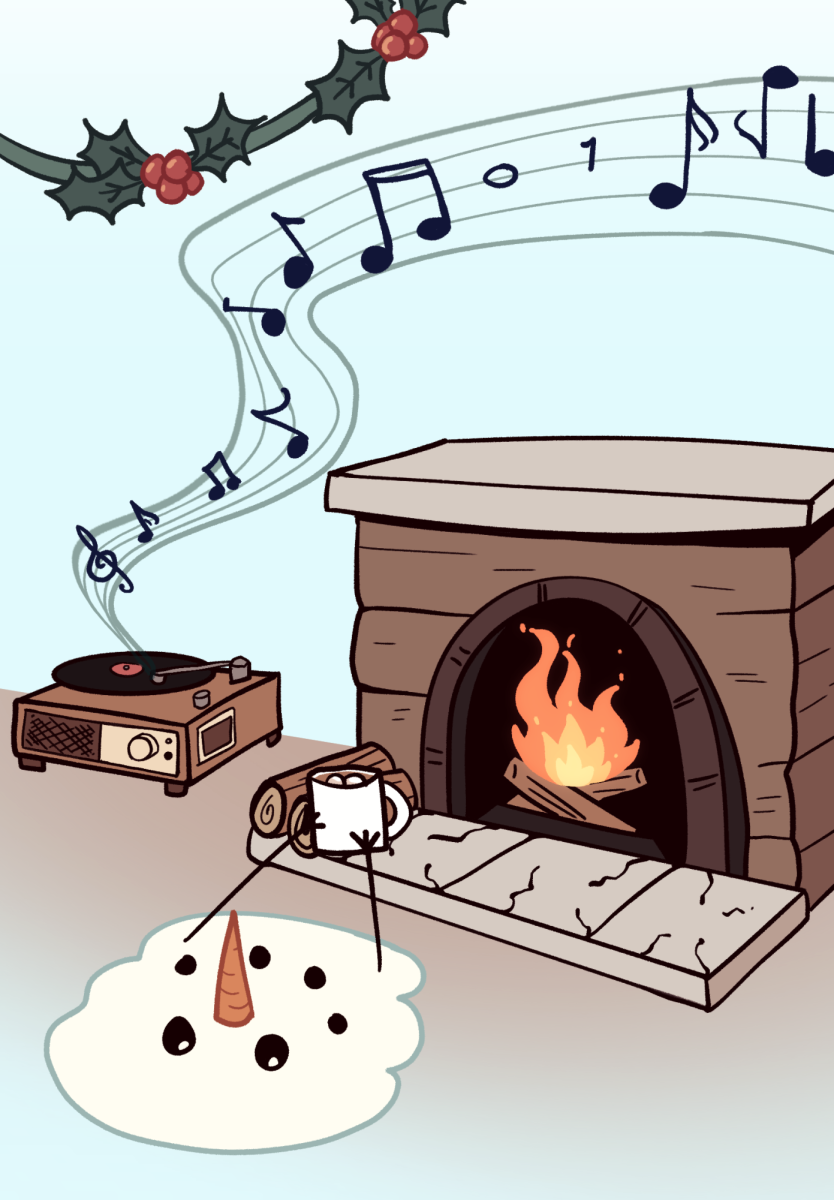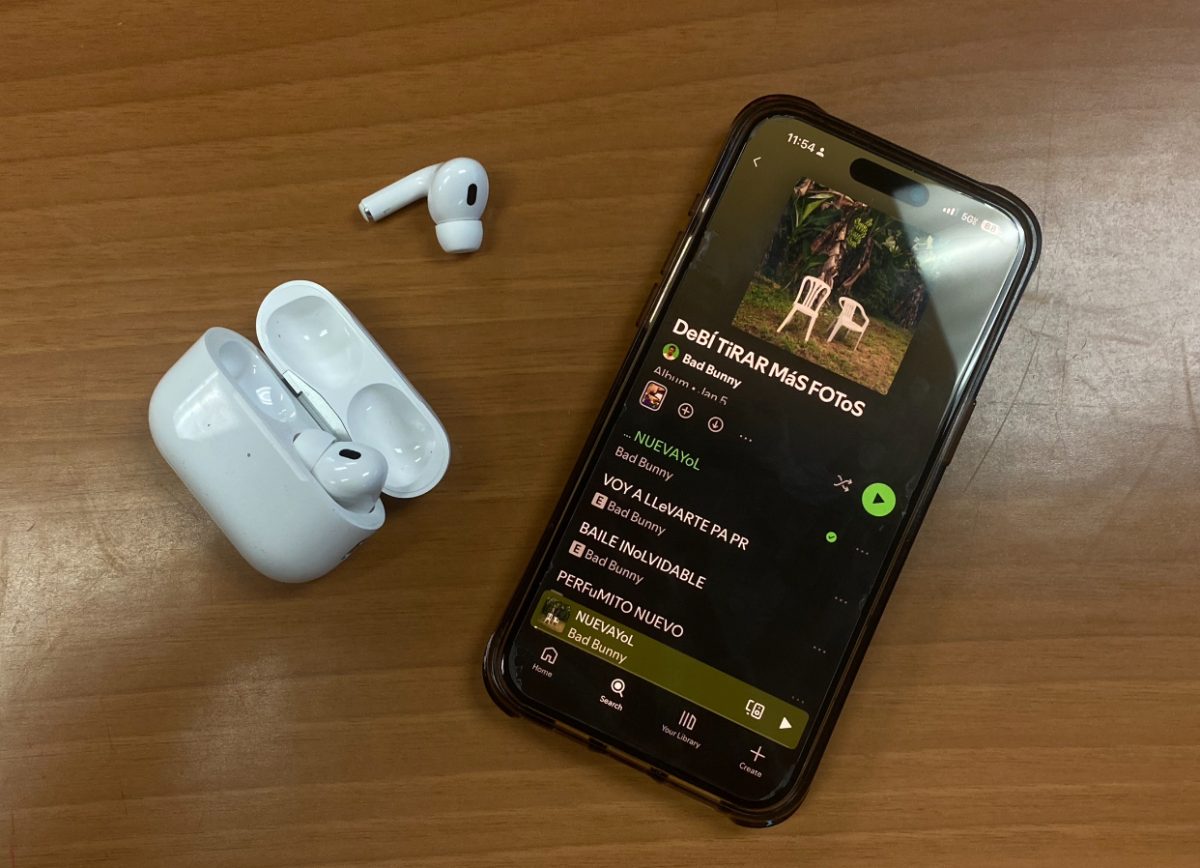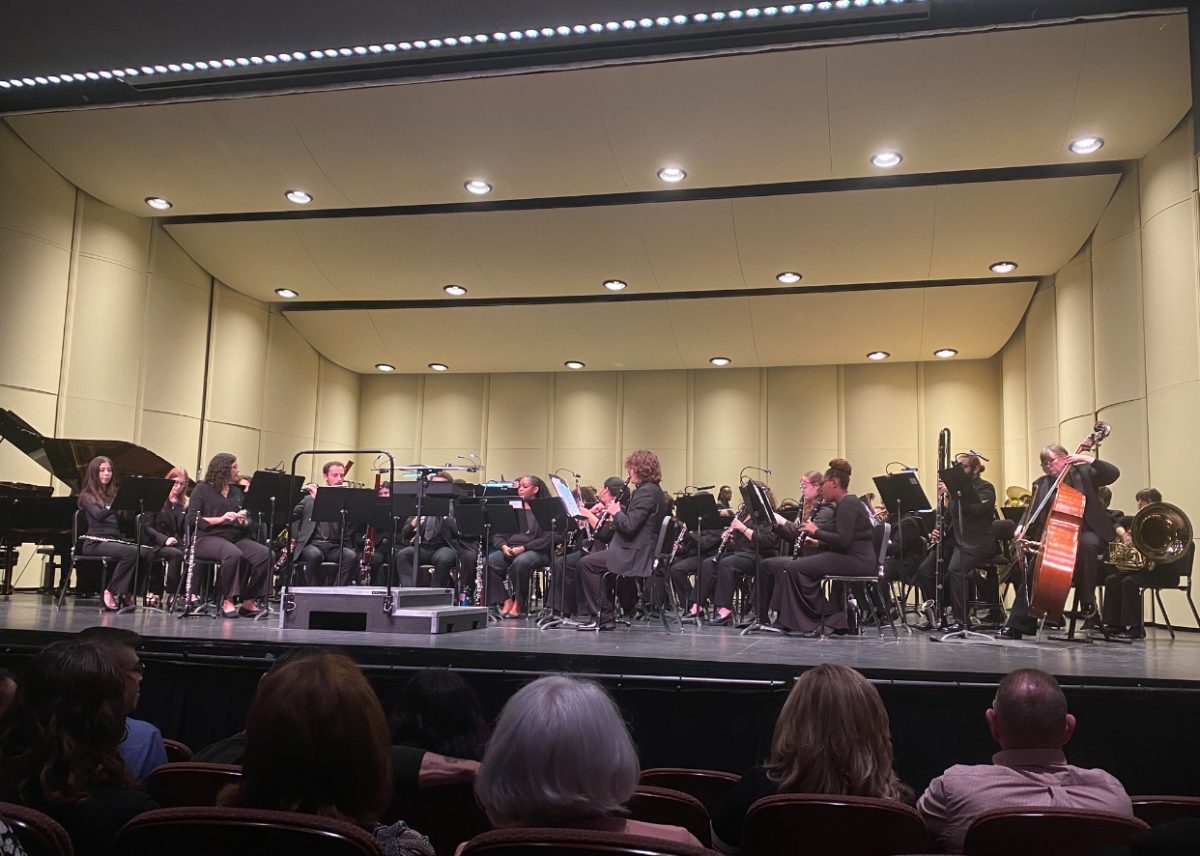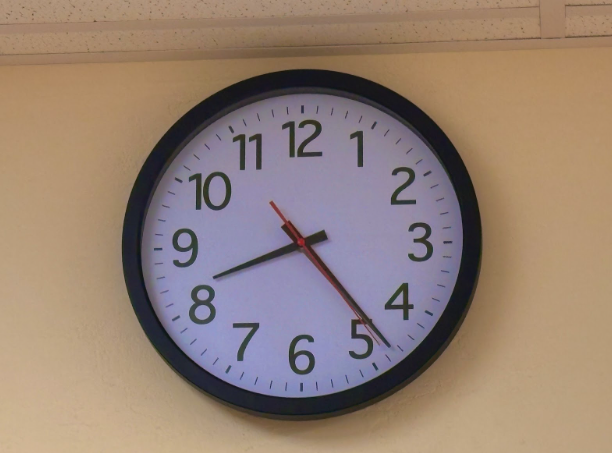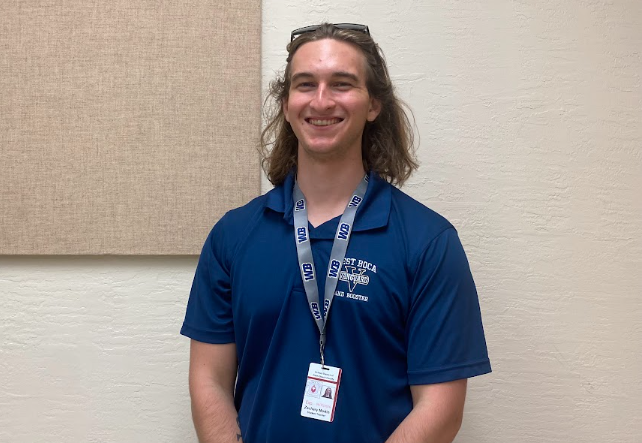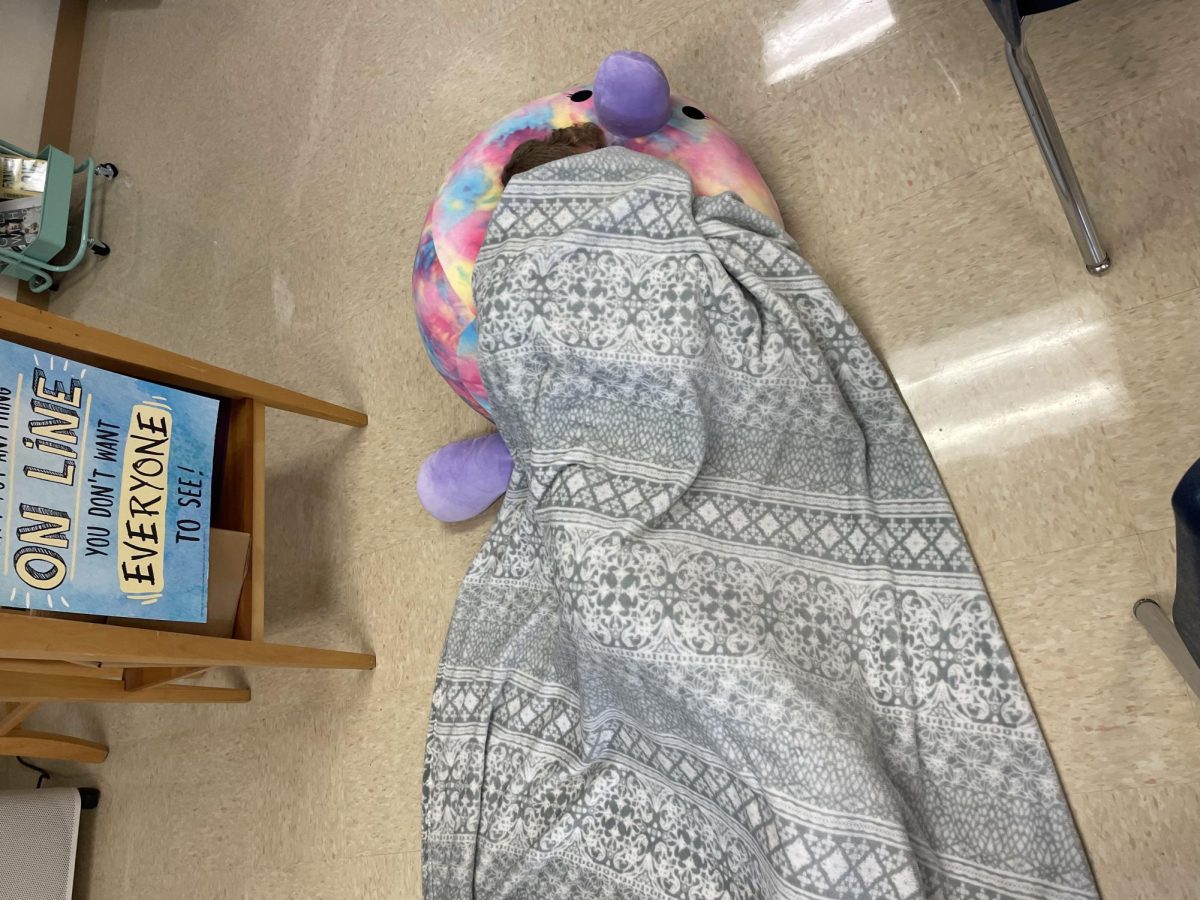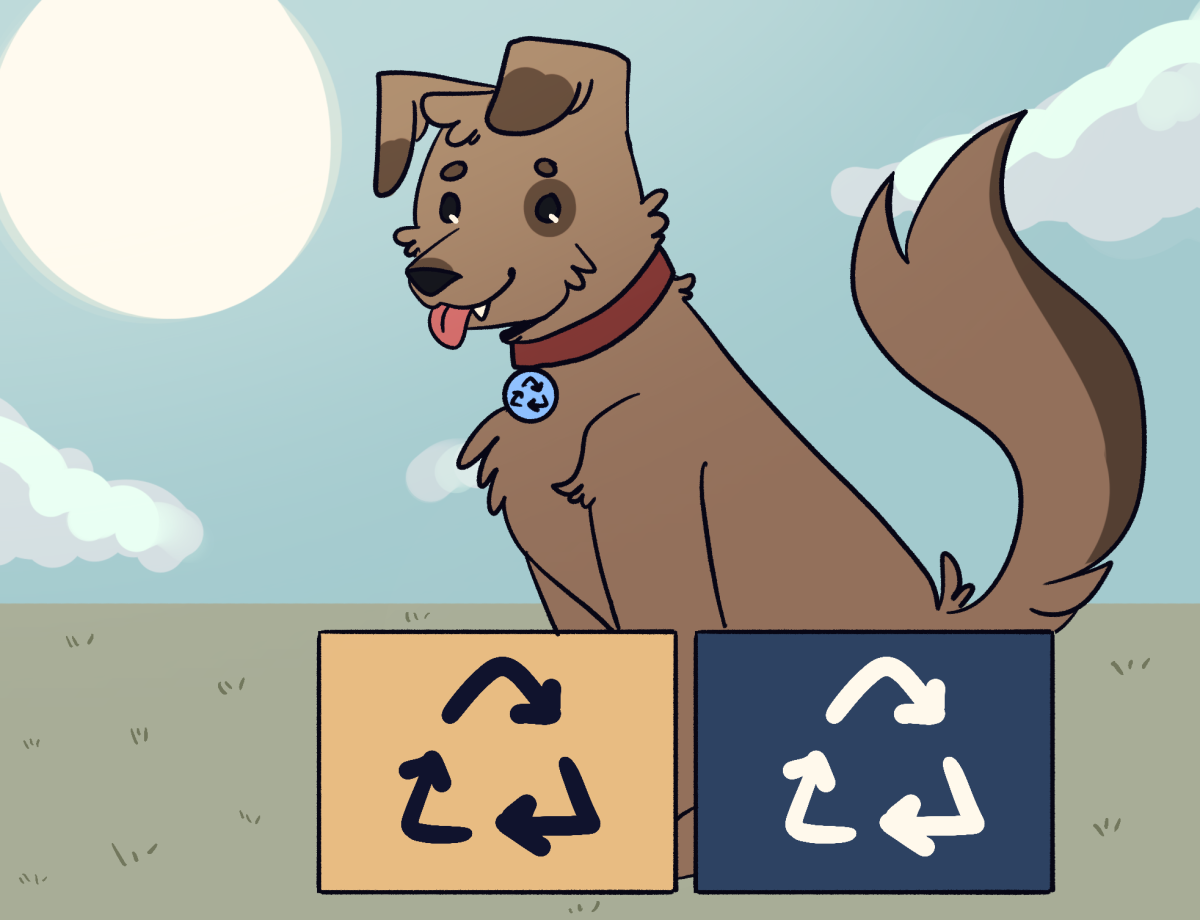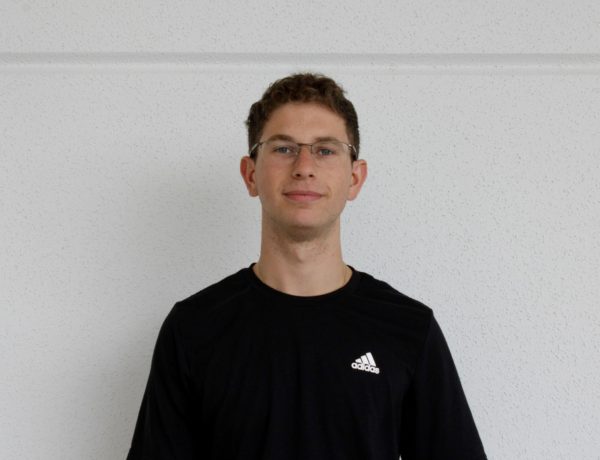Imagine. You’re laying in your bed, seemingly unconscious, when suddenly your eyes open. You blink to clear your blurry vision and then out of the corner of your eye, you see a shadow standing at the foot of your bed. You try to scream at the intruder but realize… you can’t move. You’re frozen, stuck in your motionless vessel of flesh, only able to watch as the figure inches closer and closer until in a split second you feel your dog jump into your bed and you’re sprung back to life, sitting up and looking around only to awaken to the sight of nothing. You’re alone in your room, catching your breath from your encounter with something that would have historically been blamed on the devil, witchcraft, maybe even fairies– or more modernly: sleep paralysis.
Across the globe, demons, animalistic fairies, spirits of the dead, witches, and vampires have all interchangeably been traditional tales of why some find themselves paralyzed in their rest. Japan’s evil spirits, Uganda’s spirits of the dead, Hawaii’s night marchers, Finland’s witchcraft and dead children’s spirits, Estonia’s ghosts and sorcerers, and Greece’s vampires are just a few examples of countries with their own twist on folklore behind sleep paralysis, each with its own supernatural creatures to pin as the perpetrator.
But what actually is sleep paralysis? Harvard Health attributes the paralysis of the body to REM atonia. To explain, when we fall into deep sleep (aka REM sleep), we’re more likely to act out things we do in our dreams, so to prevent our bodies from waking us, our brain sends out signals called REM atonia that keep us still. Typically, this signal ends when we wake up, but for some who gain awareness very suddenly from REM sleep, this signal may remain. Because the signal remains but they are conscious, it feels like paralysis. Along with neurological chemical remnants, sometimes imagery of REM dreams remains, which is what accounts for the “intruder hallucinations” some experience.
The direct cause of sleep paralysis isn’t confirmed, but a study in Japan found that sleep paralysis could be linked to long hours of work at late hours and irregular sleep patterns, pointing to lifestyle and work patterns as the main reasons why some have such disturbed sleep.
When about 5% of the world’s population– almost 404 million people–experience regular episodes of sleep paralysis, it’s important to remember that sleep paralysis can’t be controlled. The best you can do is take care of yourself and maybe don’t be so quick to blame ghouls and goblins for frightening experiences, especially when you might be that shadow at the foot of the bed, the creation of your own mind coming to haunt you in your sleep. Regardless, good night, sleep tight and don’t let the bedbugs bite… unless you can’t stop them.


